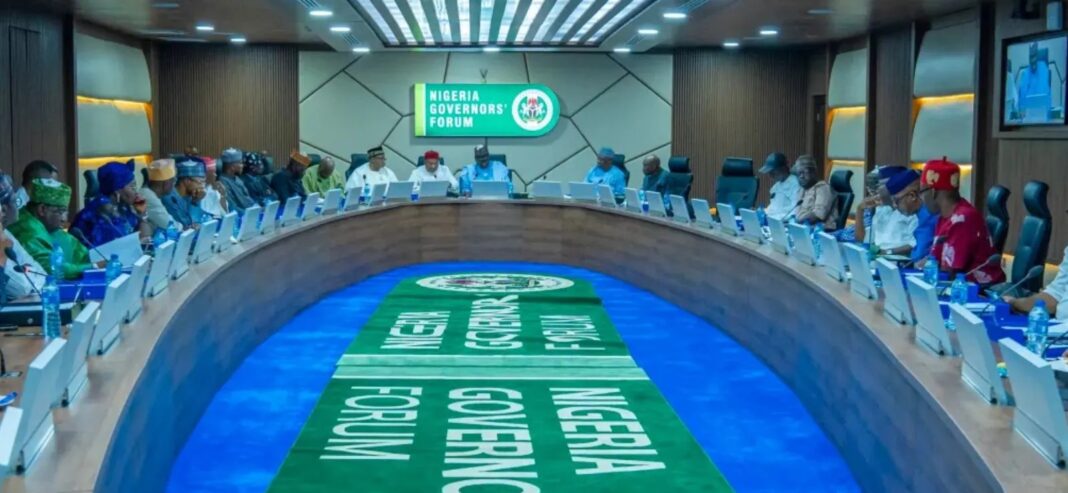In Nigeria, the start of a new school year often feels like a ritual. From primary to secondary school, children return to classrooms armed with new bags, uniforms, books, and shoes. For parents, though, the excitement of fresh beginnings is tempered by the financial strain of school fees and essential supplies.

This year, however, the anticipation goes beyond new stationery. Pupils and students are entering the 2025/2026 academic session under a brand-new curriculum. On September 8, the Nigerian Educational Research and Development Council (NERDC) unveiled a revised Basic and Senior Secondary Education Curriculum, part of the Federal Ministry of Education’s National Education Sector Reform Initiatives (NESRI). The overhaul aims to reduce subject overload and promote “positive learning outcomes.”

Education Minister Dr. Tunji Alausa said the revision places stronger emphasis on skills and relevance for today’s economy. The framework introduces compulsory digital literacy, entrepreneurship, and trade subjects across levels—marking what NERDC described as “a new chapter for education in Nigeria.”
What Changes for Pupils and Students?
Primary 1–3: 9–10 subjects, including English, Mathematics, a Nigerian language, Basic Science, History, Social and Citizenship Studies, Physical and Health Education, Cultural and Creative Arts, plus CRS or IRS (with Arabic optional).

Primary 4–6: 11–13 subjects, with new additions such as Basic Digital Literacy, Pre-vocational Studies, and optional French.
Junior Secondary (JSS 1–3): 12–14 subjects, with compulsory Digital Technologies, Business Studies, and at least one trade subject. Trade options range from Solar PV Installation and Fashion Design to GSM Repairs, Cosmetology, and Horticulture.
Senior Secondary (SSS 1–3): Five core subjects—English, Mathematics, a trade subject, Citizenship and Heritage Studies, and Digital Technologies—are compulsory. Students can then pick electives across sciences, humanities, business, and technical fields, from Physics and Literature to Catering Craft and Visual Arts. Programming, AI, and foreign languages are also included at senior levels, reflecting global trends.

A Welcome Reform, But Questions Remain
Educationist Dr. Harmony Mark-Ewa described the review as “a welcome development” in a BBC News Pidgin interview. She noted that the curriculum is “more specific and targeted” but warned that implementation details remain vague. Teachers will need retraining, infrastructure will need upgrading, and recruitment must align with the new focus areas.

Stakeholders have also applauded the review, but many caution that Nigeria still lags behind global standards—by as much as 60–80 years in basic education delivery. They stress that without addressing shortages of teachers, poor infrastructure, and the high cost of schooling, reforms may stall.
Why Governors Hold the Key
Although the Federal Government designs the curriculum, states run the classrooms. Nigeria has 65,529 public primary schools and 25,540 public secondary schools, but only 104 are federally owned. The rest fall under the control of governors.
With increased allocations from Abuja following fuel subsidy removal, governors now have fewer excuses. Many have already boasted of channeling funds into roads, healthcare, and agriculture. Education must now take its share.
But new subjects like digital literacy, garment-making, and solar energy require more than textbooks. Without computers, labs, farms, and workshops, students will learn only theory. That failure would rest squarely on governors.
Teacher quality is another pressing challenge: one-third of basic school teachers lack required qualifications, and 60% of secondary school teachers are digitally illiterate. States must invest in training and fair pay. Too many teachers still earn below ₦70,000 despite the new minimum wage—undermining morale, retention, and student outcomes.
Local Government Education Authorities (LGEAs), which are closest to communities, must also be empowered rather than sidelined by state boards. Real reform depends on collaboration and autonomy at grassroots level.
Private schools—often more numerous than public ones—cannot be ignored either. Governors must engage them constructively, since their role is critical to expanding access.

And then there is Nigeria’s biggest education crisis: out-of-school children. UNESCO estimates 20 million Nigerian children aged 6–18 are not in school—equivalent to the population of Zambia. UBEC puts the number at 10 million for ages 6–11. Without states providing counterpart funding to access federal grants, many will remain excluded, regardless of curriculum reforms.
The Road Ahead
The new curriculum is a bold attempt to align education with Nigeria’s future needs: skills, innovation, and employability. But success will depend not on federal policymakers in Abuja, but on the 36 governors who control classrooms.
If states invest in teacher training, provide modern learning tools, and prioritize real monitoring, Nigeria could transform its education system within a decade. If not, the reform will join the long list of abandoned policies.
The curriculum is ready. The children are ready. Parents are hopeful. Now, it is the governors’ turn to act. Nigeria’s educational future is in their hands.



